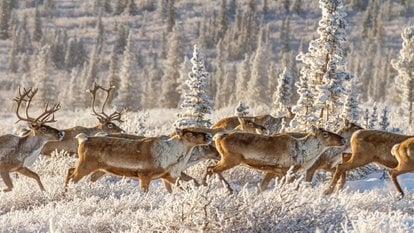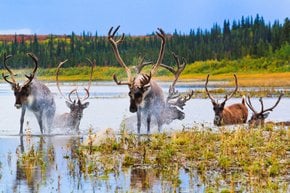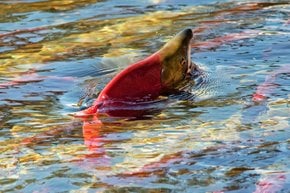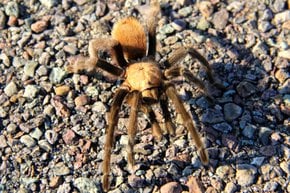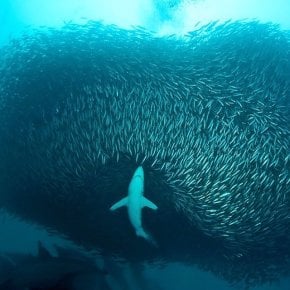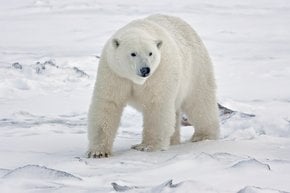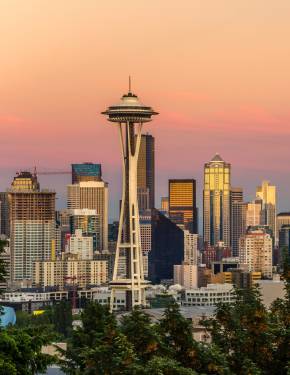Caribou Spring Migration in Alaska 2026
Caribou herds migrate across Alaska twice a year. And both times are equally impressive
Best time: March–late June
The spring caribou migration throughout Alaska is considered one of the most impressive wildlife phenomena in this part of the world. Around 200,000 animals move to the north each year. The migration starts in March and lasts until late June.
Overall, Alaska is home to 750,000 caribou, which gather in over 30 different herds. Some herds in the northwestern part of the state travel up to 3,000 miles (4,500 km) every year. Caribou migrate primarily to avoid predators during calving. A large congregation of caribou can overwhelm all predators in a limited area and protect their newborns. Another purpose of migration is a search for green and nutritious vegetation, which is so essential for caribous to gain weight before the arrival of winter. The migration routes and calving areas for certain caribou herds have been the same for hundreds of years.
Migration Routes
The caribou divide into big groups, so during this period you can see even tens of thousands of animals at one spot. They follow three major routes: the Richardson, Barn, and the British Mountains, the Old Crow route which crosses the Porcupine River near the settlement of Old Crow, and the Arctic Village route which crosses the East Fork of the Chandler River. Those routes run through endless tundra ridges, so spring caribou migration is even more spectacular.
Where to see caribou
Spotting caribou migration is not that easy, as the majority of caribou show up in small groups. It's hard to predict the exact moment when a large herd will pass through. However, at some areas, which have large caribou herds, spotting a massive caribou congregation is easier. Your chances will be even bigger if you go on a multi-day caribou-spotting adventure with an experienced guide.
Arctic National Wildlife Refuge
Arctic National Wildlife Refuge is home to the Porcupine Caribou Herd, which travels through northeast Alaska and the Yukon Territory. In this spring, this large herd, gathers on the coastal plain of the Arctic National Wildlife Refuge to calve. Sometimes it's possible to spot tens of thousands of animals meandering across the tundra in May or June, so if you plan your trip in these months, you'll have a decent chance to experience one of the world’s great animal migrations. The Arctic National Wildlife Refuge, offers a 7-day carbou watching backpacking trip for $7,500. The trip starts near the northern edge of the Brooks Range. The hikers then follow caribou trails heading northwest towards the famed coastal plain of the Arctic Refuge.
Denali National Park
Denali National Park is home to a large caribou hers, which wonders through the wilderness on the north side of the Alaska Range. The herd, which consists of about 3,000 animals, .is regularly spotted by tourists along the 92-mile stretch of Denali Park Road, It's recommended to start your caribou spotting adventure early in the day and go further away into the wilderness. In addition to carribou, you can also spot moose, bears, wolves, and Dall sheep. August is one of the best months to spot caribou in the park. Denali National Park offers 5-hour Tundra Wilderness Tours by bus for $144.
Kenai Peninsula
Kenai Peninsula used to have large herd of caribou, which were almost eliminated due to overhunting. Since the animals were reintroduced in the area, the Kenai Lowland Herd has reached about 150 animals. The herd can be often spotted close to roads in the Kenai River estuary near the town of Kenai, on Marathon Road, or on wetlands on both sides of the Bridge Access Road. The best months are June and August.

